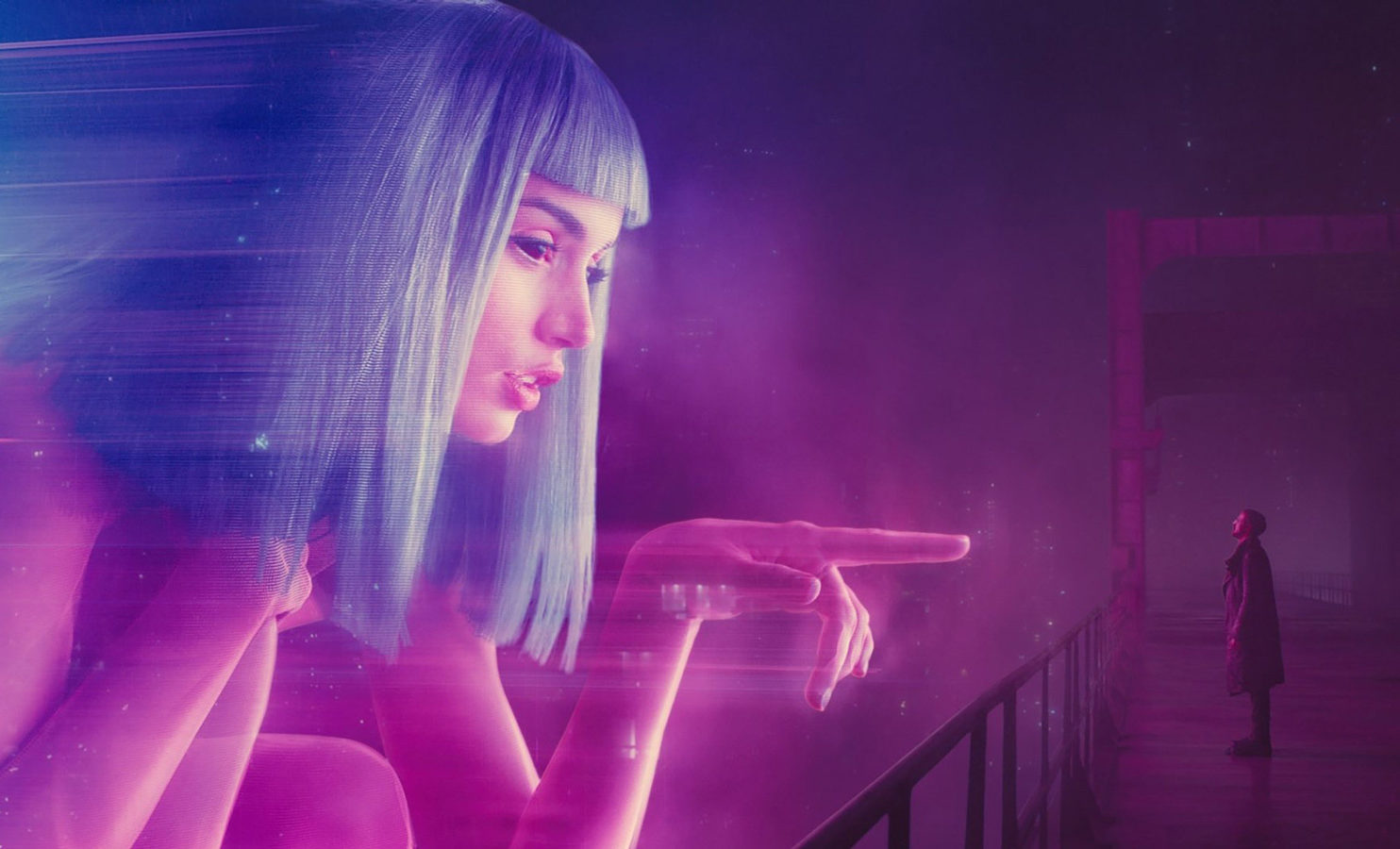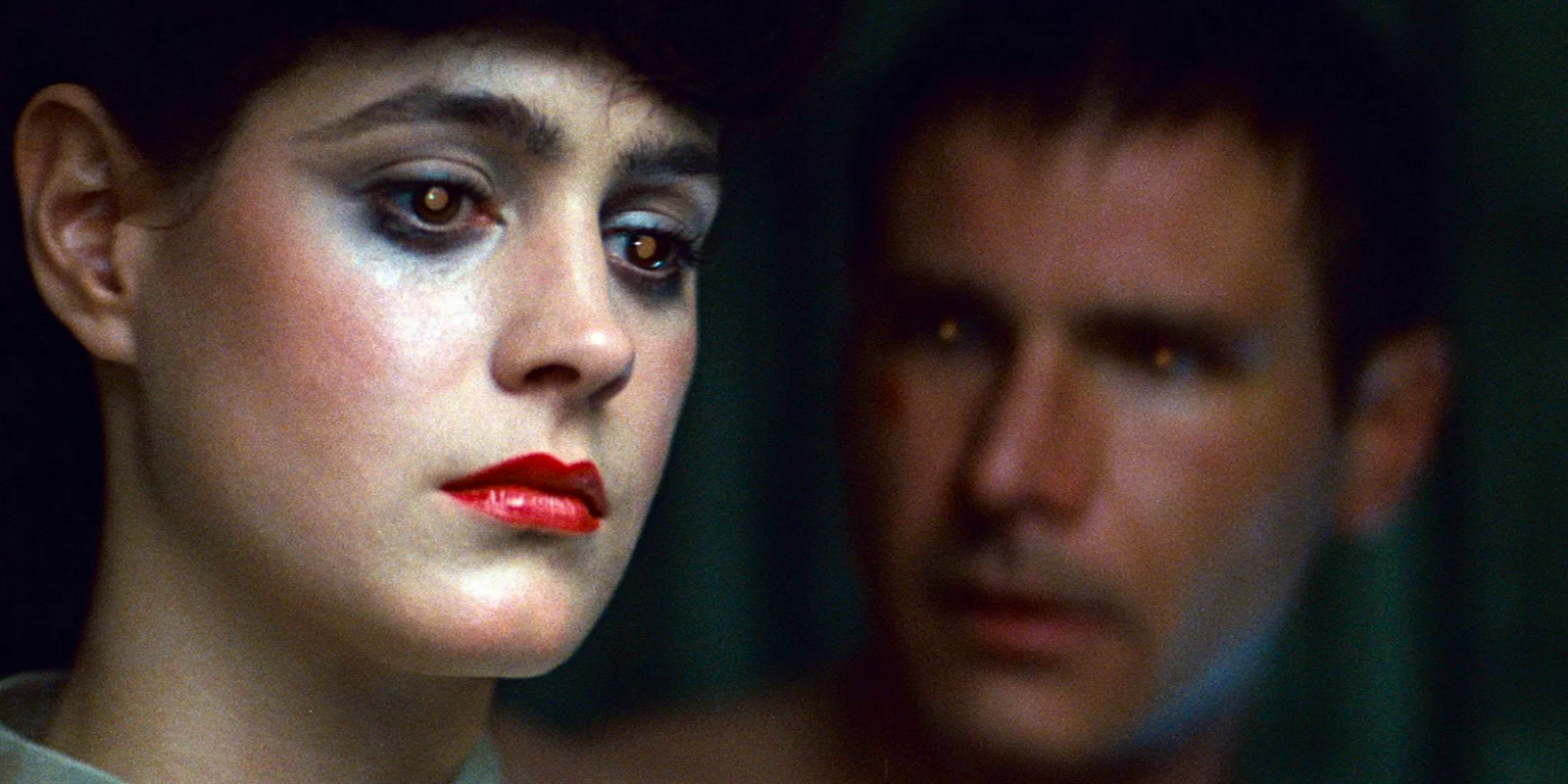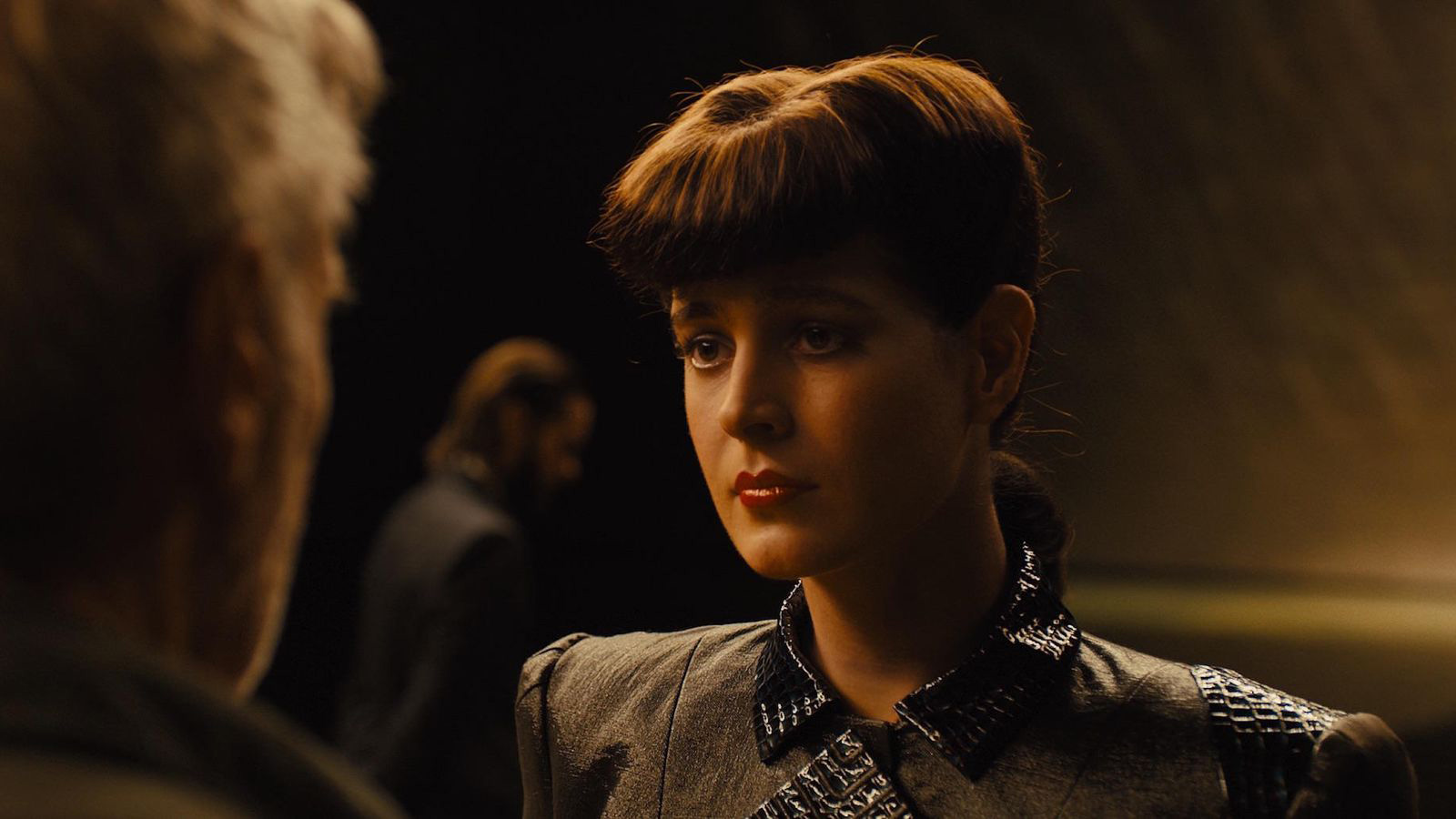In Dreaming by the Book (1999), Elaine Scarry offers an account of the workings of the literary imagination, how a fiction’s “erased imperatives” conjure a world as we read. When we open, say, Vladimir Nabokov’s Pale Fire, and read the lines, “I was the shadow of the waxwing slain, / By the false azure in the windowpane; / I was the smudge of ashen fluff—and I / Lived on, flew on, in the reflected sky,” we are being asked to see the shadow, see the waxwing, see the windowpane with its blue reflection, see the smudge of the bird, and even see the spiritual ascension into two-dimensional heaven after it has flown into the glass, slain by illusion. Scarry argues that the images Nabokov instructs us to see are as vivid as dreams but also dry, thin, two-dimensional, and transparent, as suggested by our tendency to describe “actual mist, actual gauze, filmy curtains, fog, and blurry rain as dreamlike.” This makes them available for a kind of layering:
What can be fully imagined may have riding above it what can only be half imagined, and in turn what can be half imagined will have floating above it what can be one-fourth or one-seventh imagined, so that a latticework or series of moving scrims sail into and out of the mind’s eye, often bringing simultaneously into one another’s company the imaginable, the barely imaginable, and the almost unimaginable. Sometimes… we are asked to picture something; other times we are asked to picture picturing something.
The literary instruction then can become very hazy indeed, as when we have clauses within clauses, or when we are asked to suppose a possibility or an event in the future (the subjunctive mood). I would add that if, as Ian McEwan once put it “every sentence contains a ghostly commentary on its own processes,” then we should also include layers of allusion and metafictional awareness. Older texts hover behind or before the scene we picture, as does its very nature as a representation. In Pale Fire, for instance, there is the “scrim” of the title’s allusion to Shakespeare’s Timon of Athens: “The moon’s an arrant thief, / And her pale fire she snatches from the sun.” We enter Nabokov’s novel amid a celestial latticework, veils of sunlight and moonlight, false azure panes, reflections in glass, life and death, substance and illusion, all shot through with the mist of derivation, a pale and purloined fire.
There is an eerie sex scene in the middle of Denis Villeneuve’s new film, Blade Runner 2049. A replicant cop named K, played by an impassive Ryan Gosling, comes home to his avatar girlfriend, who “emanates” as a slightly translucent hologram from a device attached to the ceiling. Joi has a surprise for him. She has hired a sex worker to embody her so they can have physical intercourse. Joi syncs with Mariette, stepping into her from behind and aligning their bodies so that the holographic form conforms to the human one. As K stares, their faces overlay in a shifty coincidence; they are similar but not the same. The layered image is distinct from the weird gloopy CGI facial manipulations we know from that old Michael Jackson video or from that new app that predicts the genetic amalgam of potential parents. K’s two lovers in one, by contrast, are skittery, uncanny. Their stuttered movements as they reach out to caress him at different speeds—a measure, it seems, of the respective urgency of their desires—look like trails from an acid trip. Their arms drift apart, yielding a many-limbed goddess; they caress K with their four hands; they offer up a quadralabial kiss; we cut to a post-coital bed at dawn, ruffled with the aftermath. Villeneuve recently told Vulture that the visual effect took a year to perfect and “used a blend of very, very old techniques and cutting-edge technology.” Its imperfect matching was intentional: “I didn’t want Joi to just envelop Marietta, I didn’t want it to feel magical, I wanted to feel the limit of the technology.”
Perhaps this is why it is not a sexy scene, although given the film’s extended stay in Las Vegas, many read it as a threesome or along the lines of that bizarro Playboy fetish: sex with twin sisters. “I loved the idea that you were feeling both presences of both women at the same time and that sometimes, it was like you were feeling a third woman.” You were feeling—Villeneuve’s words imply that he and the viewer are to identify with K’s male gaze. But Villeneuve notes in the interview that the two actresses “were both mesmerized” when they saw the final cut of the scene. There is something more archetypal than a threeway going on here. A week after I first watched the film, I woke to the realization that it was the closest depiction I’d ever seen of that dream logic whereby a person is more than one, that experience we traduce by saying, the next morning, “It was you but it was also him? It was me but I was also her?”
Advertisement
The scene relies on layering rather than merging, and this is true in both the obvious visual sense and in the imaginative sense of narrative world building that Scarry describes. In her role as Joi, Ana de Armas gives a game performance as a devoted girlfriend experience; Mariette, played by a spunky, punky Mackenzie Davis, is simply another version of a sci-fi love interest. The next morning, she puts on her black zipper boots, and snaps out a smart-aleck farewell to the quivering, grateful avatar: “I’ve been inside you, and there’s not as much there as you like to think.” That their combination does not add dimension to either character suggests how thin and flat and transparent these female roles are in the first place. Merging two manic pixie dreamgirls does not a woman make. As many viewers have noted, hovering over the scene is an earlier filmic moment from Spike Jonze’s Her (2013), where a female OS recruits a real girl to have sex with a forlorn hipster boyfriend. Where that attempt to ventriloquize a flesh marionette ends in disaster, here Joi inhabits Mariette literally and successfully, though it benefits neither woman in the end. As this comparison suggests, we are expected to watch the scene in Blade Runner 2049 through the lens of Her and other versions of that apparently inexorable genre, the nonhuman girlfriend experience: Ex Machina (2015), Lars and the Real Girl (2007, starring none other than Ryan Gosling), and, of course, the original Blade Runner.
In Ridley Scott’s 1982 film, sex with a replicant sets up the premise of this sequel: What if she got pregnant and gave birth? The possibility of this unnatural (or too natural) reproduction motivates the competing parties in Blade Runner 2049. A group of replicants want to prove that they are human with this “miracle” of birth. The villain—Jared Leto, in an anemic performance as the inventor of a new obedient replicant model—inexplicably believes that biological reproduction offers a more efficient technology to grow an android work force. After K discovers that what he has long assumed to be a dream is a childhood memory, he comes to believe that he is the “born”child of Rachael, Deckard’s replicant lover in the first Blade Runner. This would make him the biological, as well as the cinematic, son to Harrison Ford’s Deckard. And it raises the possibility that the sex he has with Mariette could lead to yet another replicant pregnancy and birth—to be played by Gosling’s son in Blade Runner 2079, perhaps?
If the original movie obsessed over the relative “realness” of humans and replicants, this sequel ramifies that obsession by testing the question against another “being”: an avatar. We are at yet another remove from the real, Joi merely a version—an instantiation—of feminine projection. When we first meet her, the film plays with the consumerist tenor of “reproduction” as she flashes through a series of outfits to suit K’s preferences, and plops the translucent projection of a delicious meal over the pottage on his plate. K then gives her a gift—he uploads her into a portable device that allows him to bring her outside. Joi experiences rain for the first time, the drops landing on her with tiny tangles of lightning on her surface, a scattered glitching over the skin. We all know that sensory wonder: the rain telling us our shape in space. This humanizes Joi and contributes to the idea that she is developing a sense of self, a genuine personality, perhaps in the way our individual iPhones come to recognize our distinctive spelling over time. We see Joi express her dislike for a novel, encourage K’s self-realization as “special,” and even grant him a name, Joe. She requests that K upload her memory (all of the details about her that have accrued over their time together) into a portable device so she can accompany him on his quest. When that device is destroyed by a malicious replicant, Luv, a sinister femme fatale, we gasp—Joi is dead! There is a delectable irony when a little while later, K, disillusioned of the idea that he is human, pauses on a bridge. A giant projected naked holographic advertisement with Joi’s face walks over—the size differential is reminiscent of Avatar. Smoke streaming through her, she kneels before him, points her finger at him. She coyly calls him Joe. Joi’s idiosyncrasy was programmed into her all along, just as, it turns out, K’s childhood memory/dream was programmed into him. His realness collapses as hers does, her manifest translucency standing in for the thinness of their humanness.
Advertisement
The question everyone asks about Blade Runner 2049: “Is it as good as the original?” The film does not shy from this looming shadow of a precursor. Like many recent sci-fi sequels and reboots, it insists on it, digs in. Blade Runner 2049 plays its derivative quality not for laughs à la Star Trek, nor for sentimentality à la Star Wars, but for uncanny effects closer to déjà vu than nostalgia. If the avatar and the replicant are programmed by humans to act in certain ways, the film is itself scripted to play out in lines set by the original, which was itself a derivative work. Ridley Scott’s adaptation of Philip K. Dick’s Do Androids Dream of Electric Sheep? (1968) was based on a co-authored screenplay that underwent several revisions, including lines grafted in by the actors. Its title came from William S. Burroughs’s film treatment of a novel by Alan E. Nourse that bears no relation to Dick’s. Scott used a technique for world building in the film that he called “layering”: “a film is like a seven-hundred-layer layer cake,” he told Paul Sammon, who calls this “a dense, kaleidoscopic accretion of detail within every frame.” Outfits and sets were constructed from previous films: Rachael’s dresses were based on Mildred Pierce (1945); shots from The Shining (1980) were spliced into a happy ending for the theatrical release; neon signs were borrowed from the set of One From the Heart (1982).
Despite all of these layers, Blade Runner maintains the skew gender politics of Dick’s novel—of course, there are “pleasure models” of androids, and, of course, they are either femme fatales or childlike victims. At one point, a woman covered in clear sequins performs on stage, apparently with a live snake. She showers and waltzes around her dressing room topless in front of Deckard. Later, draped in not much more than a clear trench coat, she crashes through an arcade’s worth of glass windows as he hunts her down and shoots her in the back. It’s difficult to watch even the crucial sex scene between the innocent Rachael and Deckard now without seeing coercion and perhaps even rape. (Can a replicant programmed to obey give consent?) Villeneuve’s sequel justifies its perpetuation of sexist representation through its fidelity to Scott’s classic. The screenplay is by the same writer, Hampton Fancher; Scott stayed on the project as a producer. Blade Runner 2049 is not set in our future, but rather in the future of the original—Pan Am still exists, Atari continues to be a dominant company, the Soviet Union is still around. The climate-changed, Asianized Los Angeles extends and decays the neo-noir Cold War milieu of Blade Runner, thirty years on. This is a future where detectives still listen to Frank Sinatra and, like Sherlock Holmes, take up beekeeping after they retire. In another hologrammatic spectacle, Harrison Ford reprises his many roles as grizzled, punch-swinging hero in the midst of a Las Vegas hall that projects iconic performances on stage: Elvis, Marilyn, dancing showgirls blazing up in the dark like the gas flares in Scott’s opening shot of LA in the original.
This belatedness of the sequel’s future changes its genre. This is not a work of prophetic science fiction. It is an alternative history—tracing out the implications of another timeline, like Dick’s The Man in the High Castle (1964). This is perhaps why the layered repetitions in Villeneuve’s film do not build toward a new world, or multiply possibilities forward, but rather double them back, trapping them in an infinite regression of stereotype and allusion. This limits the film’s sense of political possibility—it is hard to float a different kind of future for women if we’re still tangled in the kite strings of 1980s misogyny. Sean Young is resurrected as the replicant Rachael in another visual special effect that also took a year to make, also required a physical stand-in (the actress, Loren Peta), and overlaid “several actresses in order to find the closest thing that sounds like Sean Young, as close as possible.” Unlike the sex scene, this time the meshing of women had to be perfect: “We worked on it until we felt that she looks real,” Villeneuve told GameSpot. “I didn’t want people to think it’s a synthetic performance.” This makes sense plotwise; Rachael is a forever-young replicant, not a human being who ages. Then again, there has long been a theory—lurking in Dick’s novel, touted by fans, affirmed by Scott—that Deckard is a replicant, too. So how do we reconcile that with Ford’s wrinkles and grey hair? It seems as though exact repetition is feminine, a thin pastiche of reflections—and dangerous. In Paradise Lost, Eve, made in Adam’s likeness, falls in love with her own reflection and is associated with the moon. In Blade Runner 2049, this perfect replica of Rachael is trotted out to spark emotion in Deckard (and us) and is then promptly killed. Another replicant is slowly, painstakingly drowned, the camera lingering on her pale face submerged under water; yet another is born out of a plastic bag, subjected to her maker’s portentous speech, cut open across her womb, and left to bleed out. The waxwing is slain only to live on in and as a reflection.
The novel Joi the avatar dislikes is Nabokov’s Pale Fire, which serves as a rather unmotivated plot point. A stanza from John Shade’s elegy for his daughter, who committed suicide, is used to test K’s psychological “levels.” The lines in the film refer to the crux of Shade’s poem, the vision he saw when he had a heart attack: “blood-black nothingness began to spin / A system of cells interlinked within / Cells interlinked within cells interlinked / Within one stem. And dreadfully distinct / Against the dark, a tall white fountain played.” Shade reads a story in the paper about a woman who had the exact same near-death vision, only to learn later that there was a typo: she saw a mountain not a fountain. He concludes: “Life Everlasting—based on a misprint!” Blade Runner 2049, too, is obsessed with birth and death and error, all of which are offered as possible limit conditions for being human. The film also gives us glimpses of the dreamy, uncanny possibilities of a shifty not-quite coincidence. But, in the end, Villeneuve’s allusion to Nabokov confesses the derivative status of his sequel: the latter half of Pale Fire is made up of fake scholarly annotations to Shade’s poems. Charles Kinbote’s notes on the original, parsing its allusions, echoing its lines, are remarkable in their own right, but they are belated, secondhand, the pale fire of a moon that has no light without the sun.
Here in California, the sky is on fire. It’s a slow burn on the horizon, an endless dawn behind veils of ash. All greys and glows. It’s surely a coincidence that Villeneuve’s film was released in a month that saw rampaging wildfires and the explosion of an oil refinery here; so soon after the death of Hugh Hefner, whose Palms Hotel and Playboy Mansion are models for the giant high-heeled, fellating statues out in the deserts of Blade Runner 2049; a mere week after the mass shooting in Las Vegas that laid out bodies in piles like the replicants mowed down by cops in the film. Science fiction’s prophetic powers have always been disconcerting. How much more terrifying if the future is already here and it looks just like the past.
Denis Villeneuve’s Blade Runner 2049 is now in theaters.





